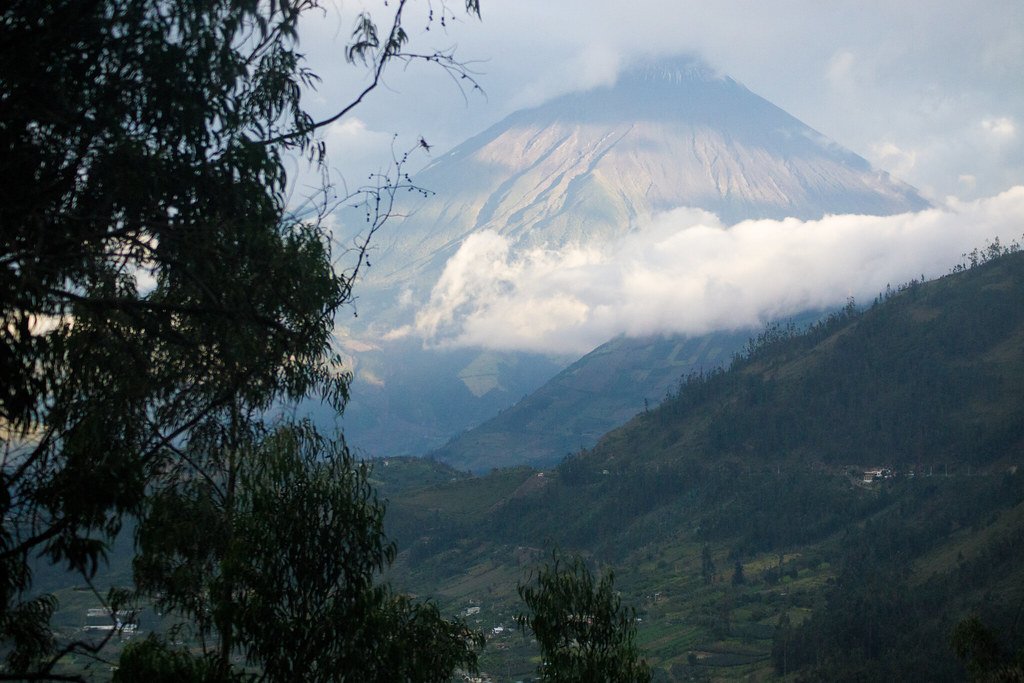Imagine a world sculpted by volcanoes, where entire cities are carved into soft stone, and secrets lurk beneath the sun-baked hills. Welcome to Cappadocia—a land where fairy chimneys pierce the sky, and ancient hands transformed a harsh landscape into a masterpiece of survival. Here, the air shivers with tales of ingenuity, resilience, and the relentless creativity of generations past. It’s a place that feels both otherworldly and deeply human, as if a dreamer’s sketchbook was brought to life by the slow, patient work of nature and necessity. Let’s step into these hidden cave cities and discover how nature, tuff, and the spark of human invention created one of the world’s most captivating wonders.
The Geological Marvel of Tuff
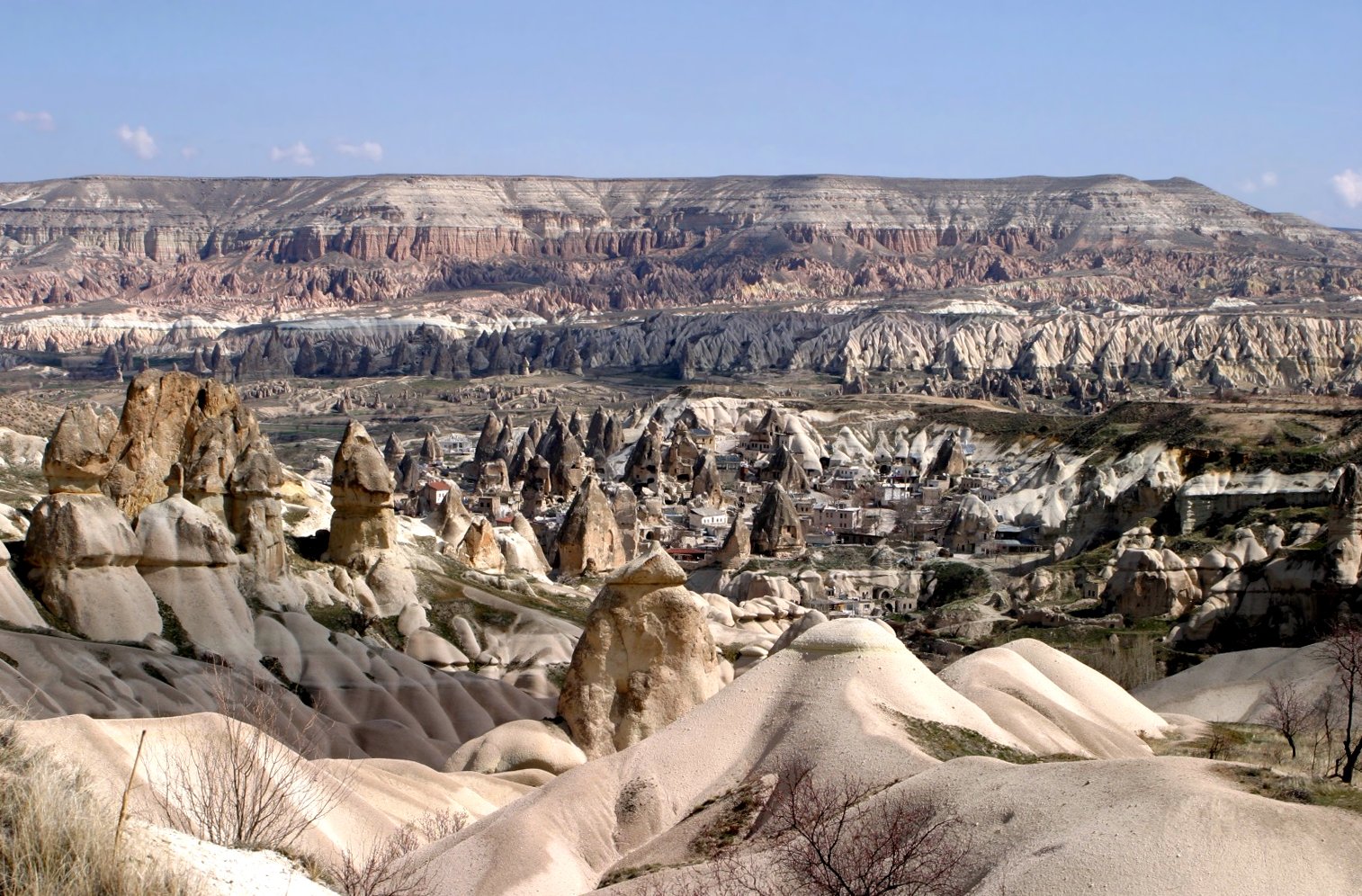
Cappadocia’s landscape is a geologist’s paradise, shaped by the violent eruptions of ancient volcanoes like Erciyes, Hasan, and Melendiz millions of years ago. The volcanic ash settled and compressed into a soft, porous rock called tuff. What makes tuff so special is its strange duality: it’s soft enough to carve with simple tools, yet solid enough to support entire structures above and below ground. This unique combination set the stage for human ingenuity, giving rise to the extraordinary cave cities that still exist today. If you’ve ever pressed your finger into wet clay, you’ve felt a hint of what tuff is like—malleable yet resilient, a gift from the earth that waits for a sculptor’s touch.
Birth of the Underground Cities
Thousands of years ago, the people of Cappadocia faced constant threats—from marauding armies to harsh weather. Instead of fleeing, they dug deep. Using basic tools, early inhabitants began carving homes, storage rooms, and even stables into the hills. Over centuries, these modest shelters evolved into sprawling underground cities, some plunging up to eight stories beneath the surface. The most famous, like Derinkuyu and Kaymakli, could shelter thousands during times of danger. Imagine a bustling city hidden entirely underground—markets, churches, and even wineries, all protected by the silent embrace of stone.
Ancient Engineering: Ventilation and Water Systems
Survival underground required more than just shelter; it demanded innovation. Ancient Cappadocians designed complex ventilation shafts that snaked through the rock like the arteries of a living organism, bringing fresh air to even the deepest chambers. Water was another challenge. Ingenious systems of wells and cisterns supplied clean water, often tapping underground streams. These marvels of ancient engineering are so effective that many still function today, a testament to the resourcefulness of their creators. It’s hard not to marvel at the thought: with nothing but simple tools and sheer determination, these people outsmarted the earth itself.
Labyrinthine Passages and Hidden Traps
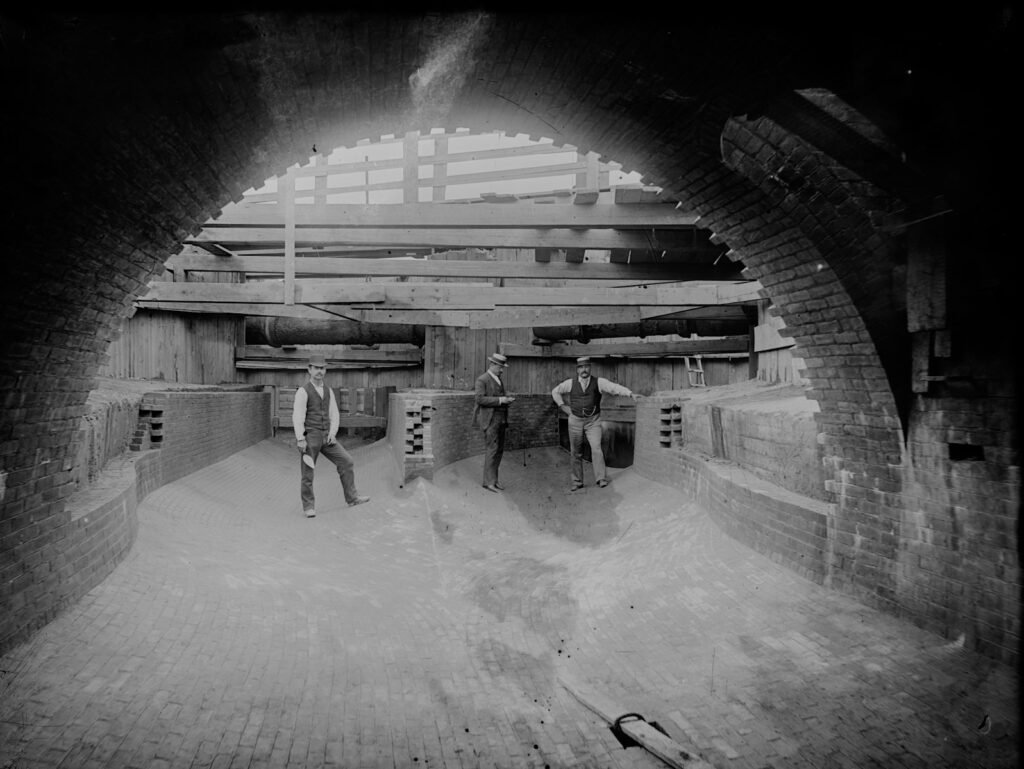
Cappadocia’s underground cities are famous for their twisting tunnels and secret passages. Narrow corridors force intruders to move single file, making defense easier for the inhabitants. Some rooms could be sealed with massive stone doors—think of a giant stone wheel that can be rolled across an entrance at a moment’s notice. There were even hidden traps and false passages designed to confuse and deter enemies. These clever designs turned the cities into fortresses, where knowledge of the layout could mean the difference between life and death.
Above Ground: Fairy Chimneys and Open-Air Dwellings
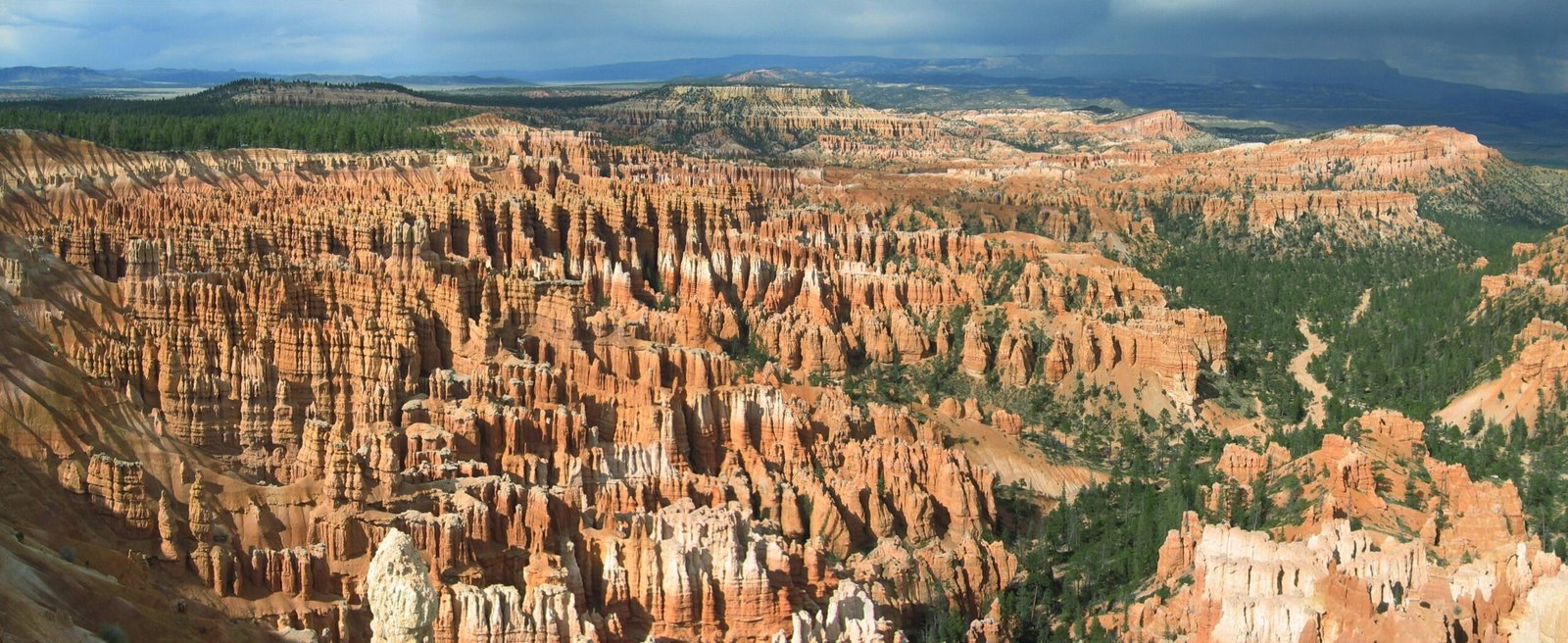
While the underground cities are the most mysterious aspect of Cappadocia, the region’s surface is equally enchanting. Towering stone spires, known as “fairy chimneys,” rise from the valley floors, shaped by wind and rain over thousands of years. Many locals carved out homes, churches, and dovecotes within these natural pillars. The fairy chimneys are a surreal sight—like something from a forgotten fairy tale—reminding us that nature’s artistry is sometimes just as bold as human imagination.
Religious Sanctuaries: Hidden Churches and Frescoes
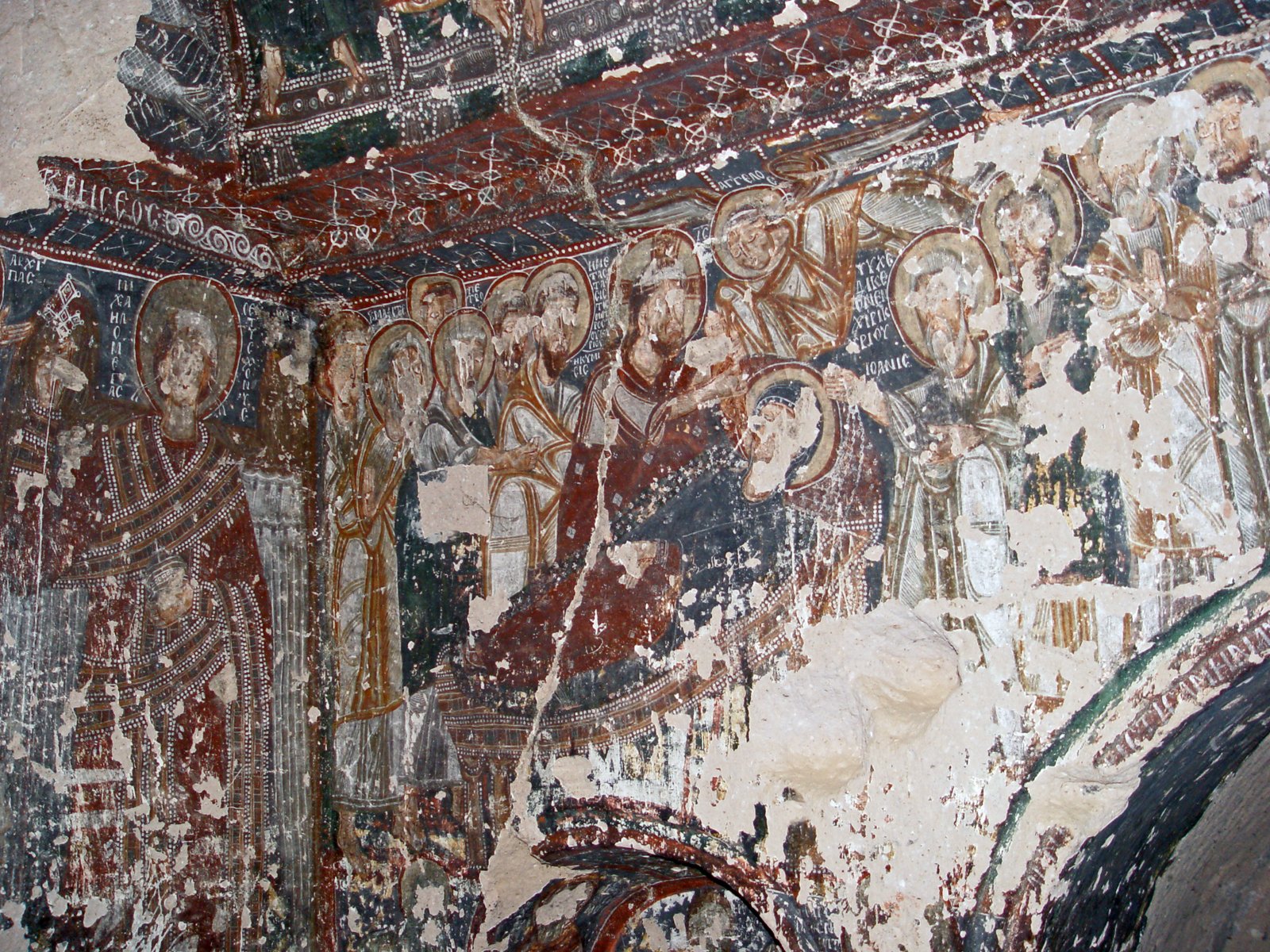
As Christianity spread through Cappadocia, believers sought refuge from persecution in the region’s caves. They transformed chambers into sanctuaries, their walls covered with vibrant frescoes depicting biblical scenes. Underground chapels, complete with altars and baptismal fonts, became places of worship and hope. The Göreme Open-Air Museum is a treasure trove of these rock-hewn churches, where faded colors and haunting faces still whisper stories from centuries ago. It’s astonishing to think that faith could flourish in such hidden corners of the earth.
Daily Life Below Ground
Life in the cave cities was a delicate balance of hardship and community. Families lived in interconnected rooms, sharing resources and responsibilities. There were kitchens with soot-blackened ceilings, communal ovens, and storage rooms for grains and wine. Even animals had their own quarters—underground stables kept livestock safe from raiders and the bitter winter cold. Despite the darkness, there was a sense of safety and togetherness, as if the stone walls themselves offered comfort and protection.
The Role of Pigeons and Dovecotes
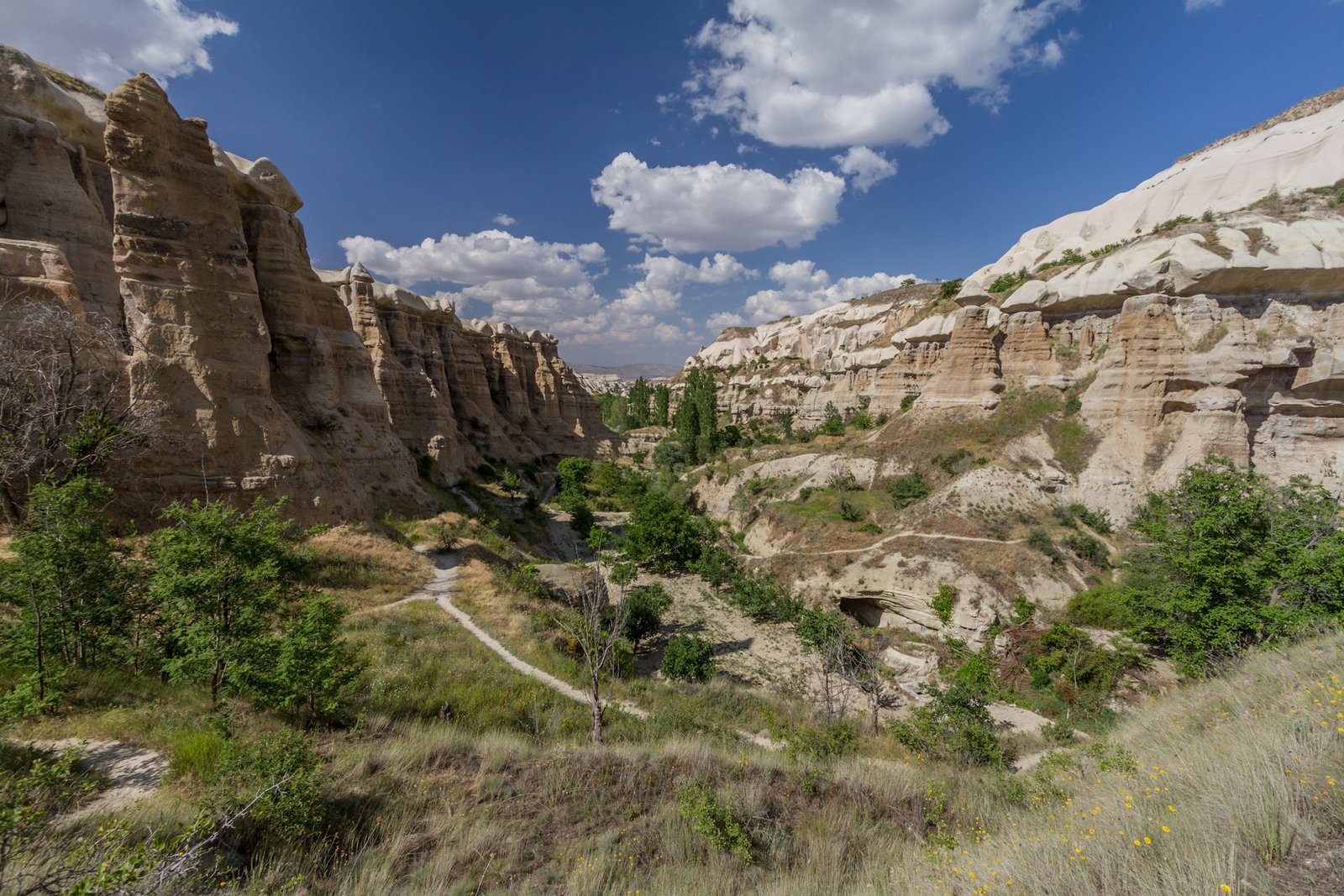
One of Cappadocia’s quirkiest features is its network of dovecotes—tiny rooms carved high in the cliffs for pigeons. Far from being a whimsical touch, these birdhouses played a vital role in agriculture. Pigeon droppings, rich in nutrients, were collected and used as fertilizer in the region’s vineyards and fields. Farmers even trained pigeons to carry messages between settlements. It’s a reminder that in Cappadocia, every detail—from the homes to the birds—was woven into a greater pattern of survival.
Defensive Mastery and Survival Tactics
Isolation and uncertainty shaped Cappadocia’s defensive mindset. The cave cities were designed to withstand sieges that could last for months. Entrances were hidden or disguised, and communication between levels was controlled by secret passages. When danger loomed, entire communities could disappear underground in a matter of hours. Some stories recount how attackers, puzzled by the lack of visible settlements, simply moved on, leaving the hidden cities unscathed. It’s a stunning example of how intelligence and ingenuity trump brute force.
Trade Routes and Cultural Connections
Despite their hidden nature, Cappadocia’s cave cities were never isolated from the wider world. Located along the ancient Silk Road, the region was a crossroads for traders, pilgrims, and travelers from Asia, Europe, and Africa. Markets thrived both above and below ground, and goods from distant lands—spices, silks, and precious metals—filtered through the valleys. This blend of cultures left its mark on the region’s art, language, and traditions, turning Cappadocia into a melting pot of ideas and influences.
Natural Wonders and Erosion’s Artistry
The otherworldly beauty of Cappadocia owes much to the patient work of wind and water. Over millennia, erosion carved deep valleys, fantastical rock formations, and vast plateaus from the soft tuff. Rainwater hollowed out caves and created secret tunnels. Even today, new shapes appear as nature continues its slow, relentless sculpting. Walking through the valleys, it’s easy to feel dwarfed by time itself—a living gallery where every curve and crevice tells a story.
Modern Rediscovery: From Obscurity to World Heritage
For centuries, Cappadocia’s underground cities were a closely guarded secret, known only to locals. It wasn’t until the nineteenth century that explorers and archaeologists began to uncover their full extent. In 1985, UNESCO recognized the region as a World Heritage Site, sparking international fascination. Today, the cave cities draw adventurers, scholars, and dreamers from around the globe, eager to walk in the footsteps of history and touch the living stone.
A Living Legacy: Life in Cappadocia Today

Modern Cappadocia is a vibrant blend of old and new. While many ancient caves are now protected, some are still used as homes, hotels, or even art studios. Locals continue to honor traditional crafts like pottery and carpet weaving, their skills passed down through generations. Tourism has brought prosperity, but also new challenges—balancing preservation with progress, and sharing the region’s magic without losing its soul. The spirit of ingenuity that shaped the cave cities lives on in every carved doorway and painted wall.
Scientific Exploration and Ongoing Discoveries
Recent years have seen a surge in scientific interest in Cappadocia. Archaeologists use ground-penetrating radar and 3D mapping to uncover hidden chambers and reconstruct ancient layouts. Geologists study the tuff’s unique properties, hoping to learn more about sustainable building practices. Each discovery adds another layer to our understanding of how people and nature shaped this remarkable landscape. The work is far from finished—new tunnels and artifacts are still being found, hinting at secrets yet to be revealed.
Cappadocia’s Caves in Myth and Legend
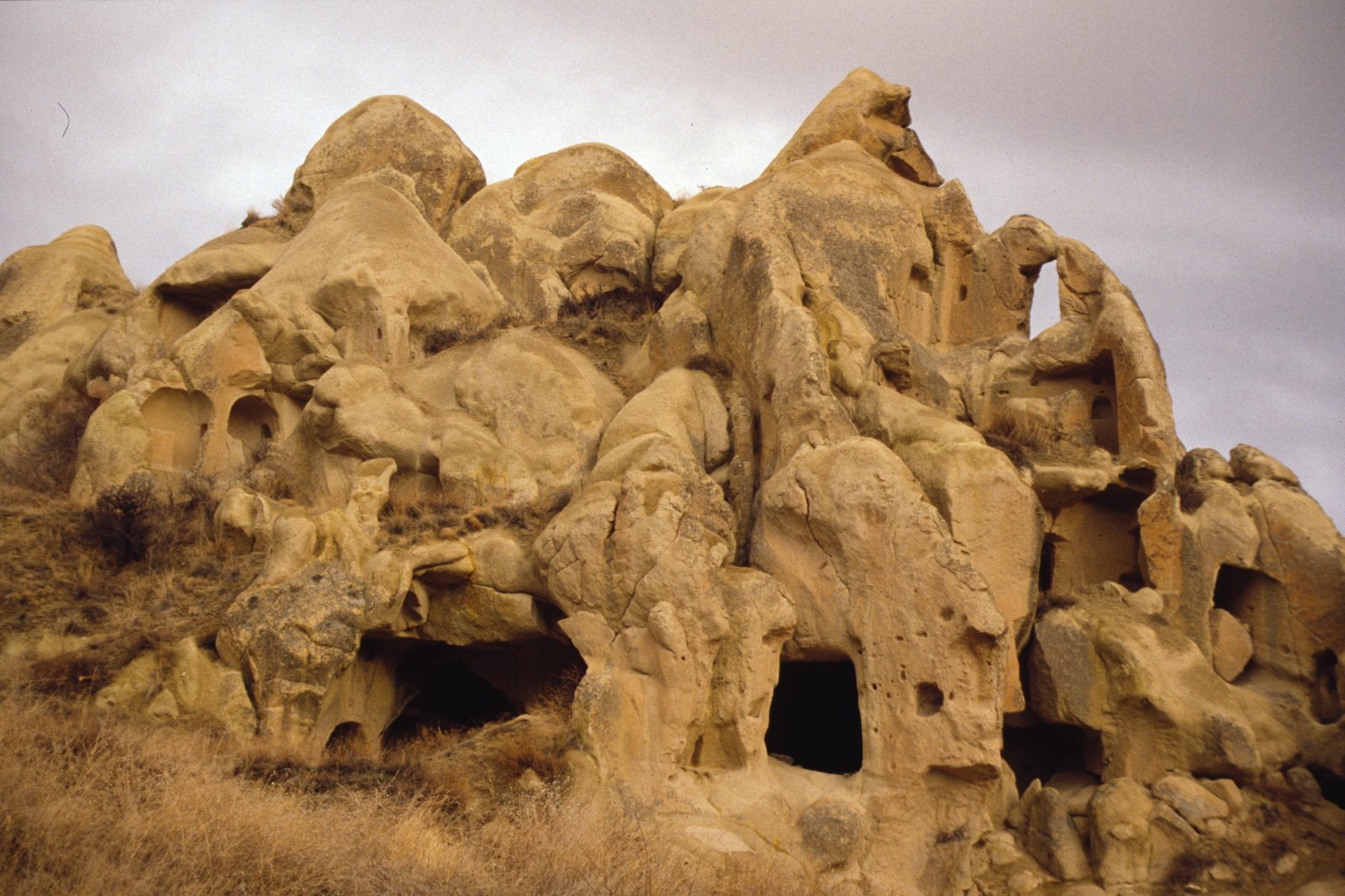
Over time, the cave cities have inspired countless legends and stories. Local folklore tells of hidden treasures, miraculous escapes, and fairy spirits that dance among the chimneys at night. Some believe the caves are connected by mysterious tunnels stretching for miles, while others whisper of ancient curses and lost civilizations. These tales add a sense of mystery and wonder, blurring the line between history and imagination. In Cappadocia, fact and fantasy walk hand in hand.
Ecological Impact and Adaptation
Building entire cities into the earth had unexpected benefits for the environment. The cave dwellings maintain a steady temperature year-round, reducing the need for fuel. Their construction preserved the natural landscape, as little stone was removed or wasted. In an age where sustainability is more important than ever, Cappadocia’s ancient builders offer a lesson in living lightly on the land. Their example challenges us to rethink how we can harmonize with nature, rather than fight against it.
The Allure of Darkness: Psychological Insights
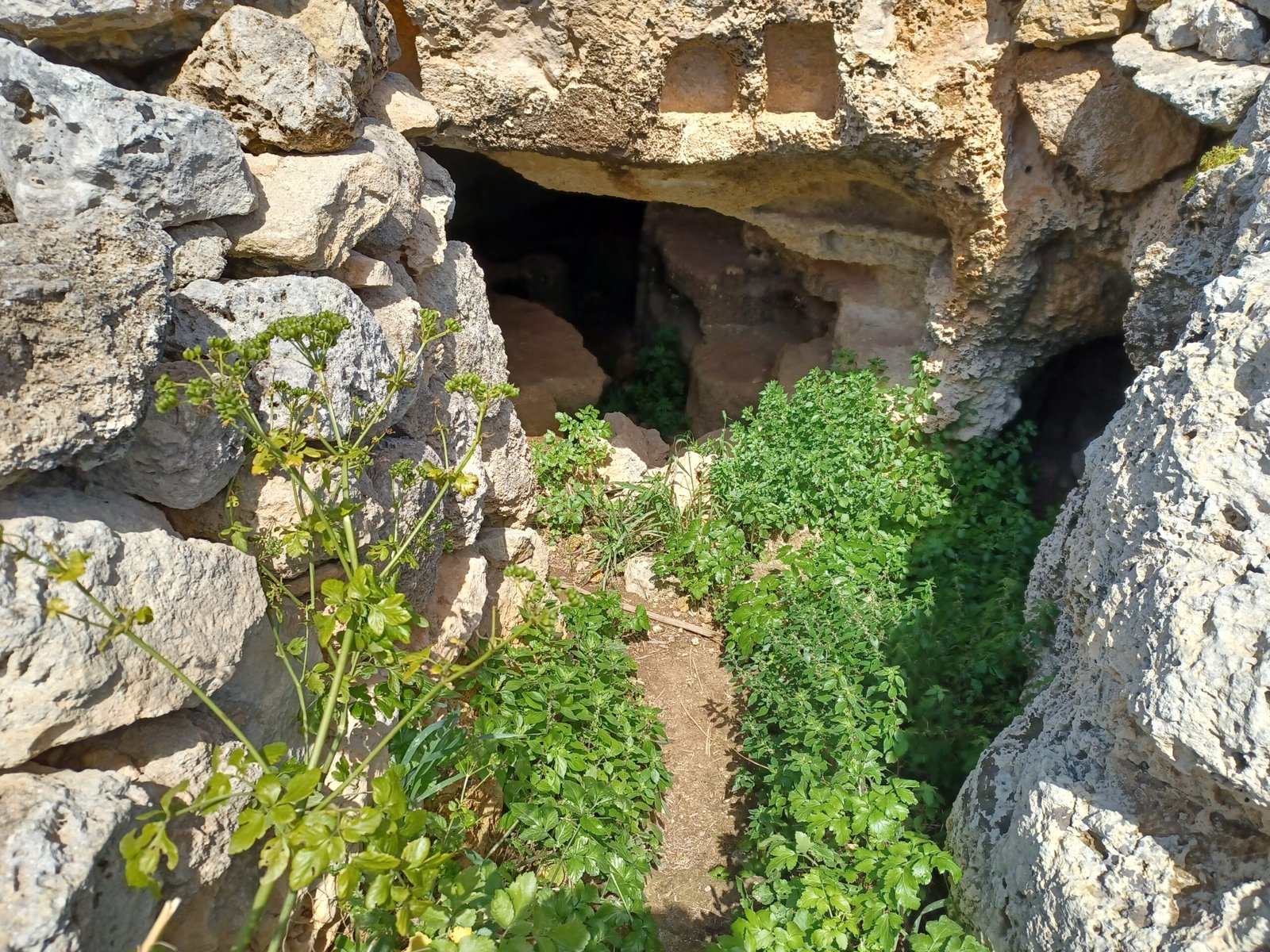
Living underground isn’t just a physical challenge—it’s a psychological one, too. The darkness, isolation, and silence can be both comforting and unsettling. Yet, for centuries, Cappadocians thrived in these conditions, developing strong communal bonds and deep-rooted traditions. Studies suggest that the sense of security offered by the caves fostered resilience and creativity. It’s a powerful reminder that humans can adapt to even the most unlikely environments, finding light in the darkest places.
Tourism, Preservation, and the Future
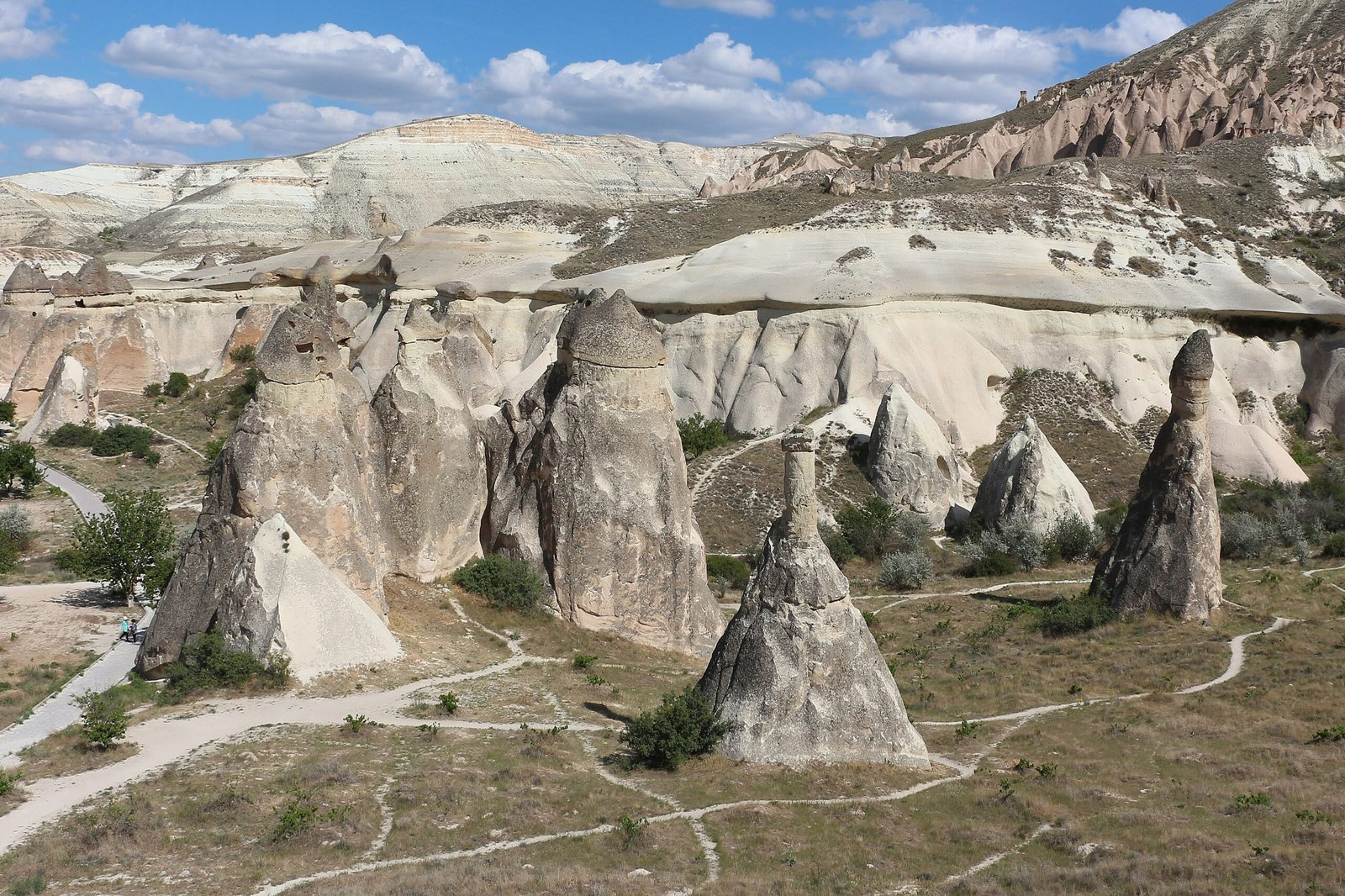
Cappadocia’s unique beauty draws millions of visitors each year, eager to explore its caves, valleys, and vibrant towns. But this popularity comes at a cost: erosion, pollution, and overcrowding threaten the fragile balance that has endured for centuries. Preservation efforts are underway, from restoring frescoes to regulating foot traffic in sensitive areas. The challenge is steep—how do we share Cappadocia’s wonders with the world without destroying what makes them special? It’s a question that looms as large as the fairy chimneys themselves.
Personal Reflections: Awe in the Underground
Standing in a dimly lit passageway deep beneath Cappadocia, you can’t help but feel a sense of awe. The cool touch of stone, the scent of earth, and the echo of distant footsteps create a mood that’s hard to describe. It’s humbling to realize that these spaces were shaped by people who faced unimaginable challenges—and met them with creativity and courage. Visiting Cappadocia isn’t just a journey through space, but a step back in time, a chance to connect with the enduring spirit of humanity.
Unanswered Questions and Enduring Mysteries
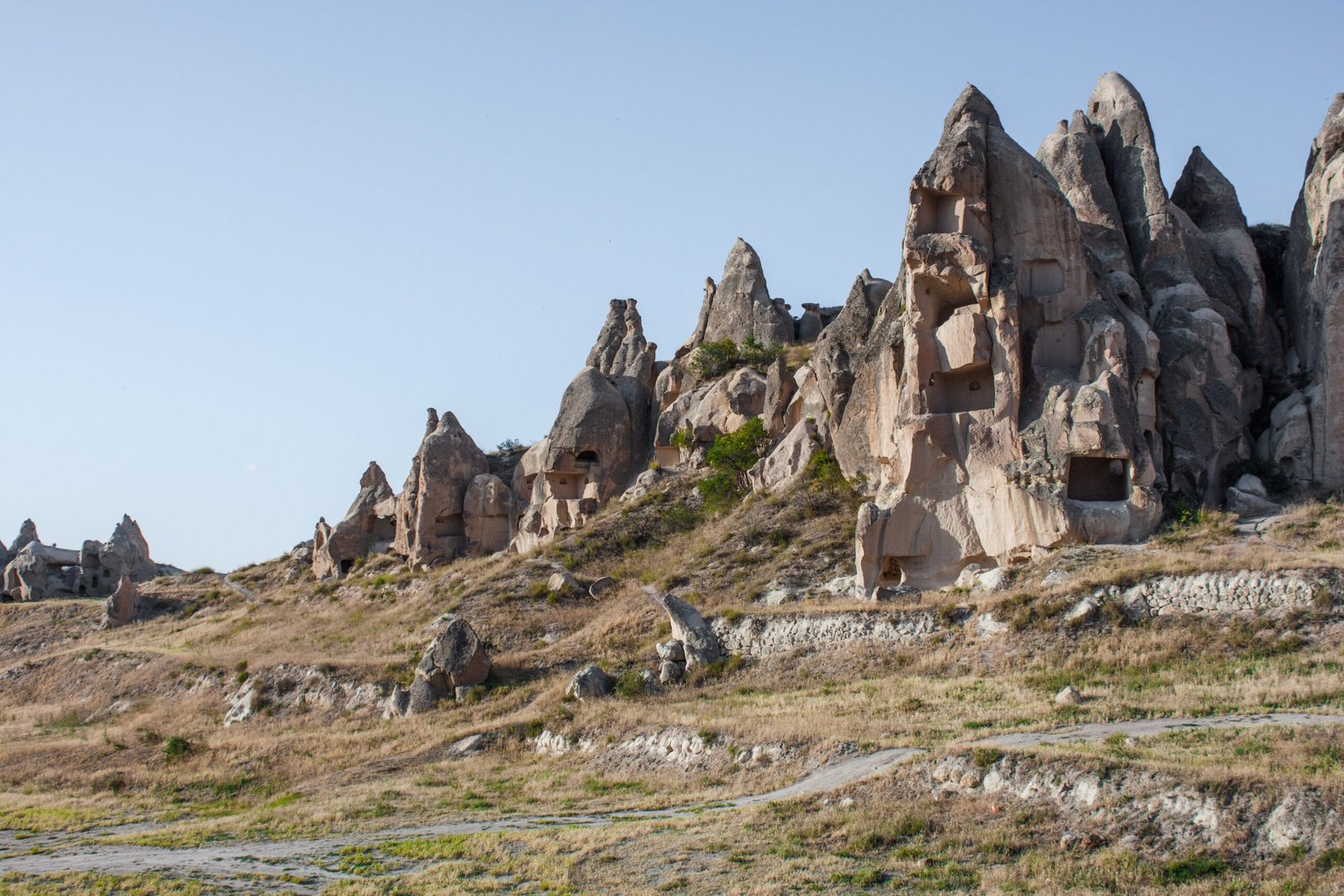
Despite all we’ve learned, Cappadocia’s cave cities still hold countless mysteries. How were some of the deepest tunnels carved without advanced tools? What secrets rest in chambers that have yet to be explored? Each discovery sparks new questions, fueling the imagination and driving further exploration. The caves remind us that the world is full of hidden wonders, waiting for curious minds to seek them out.


